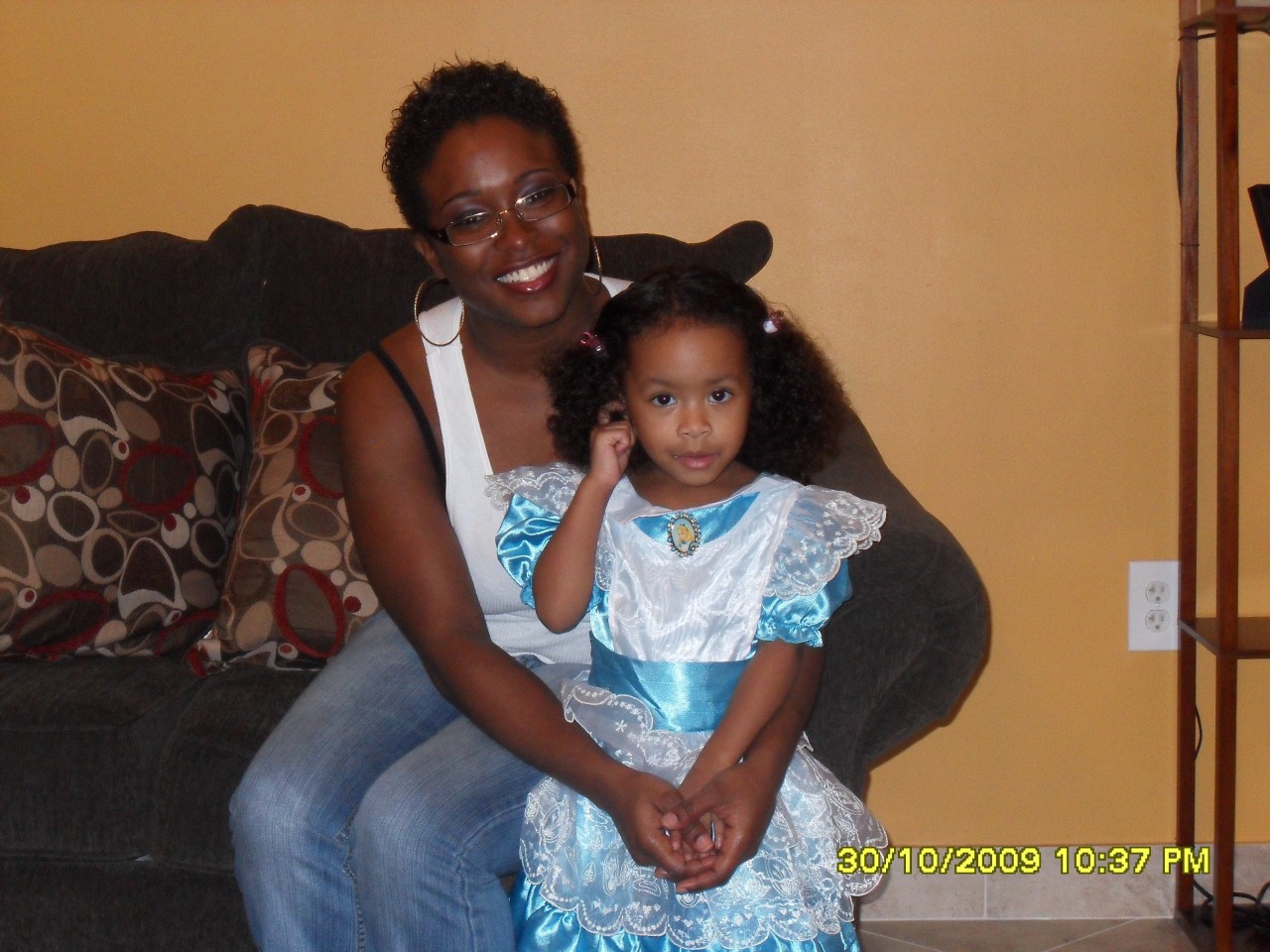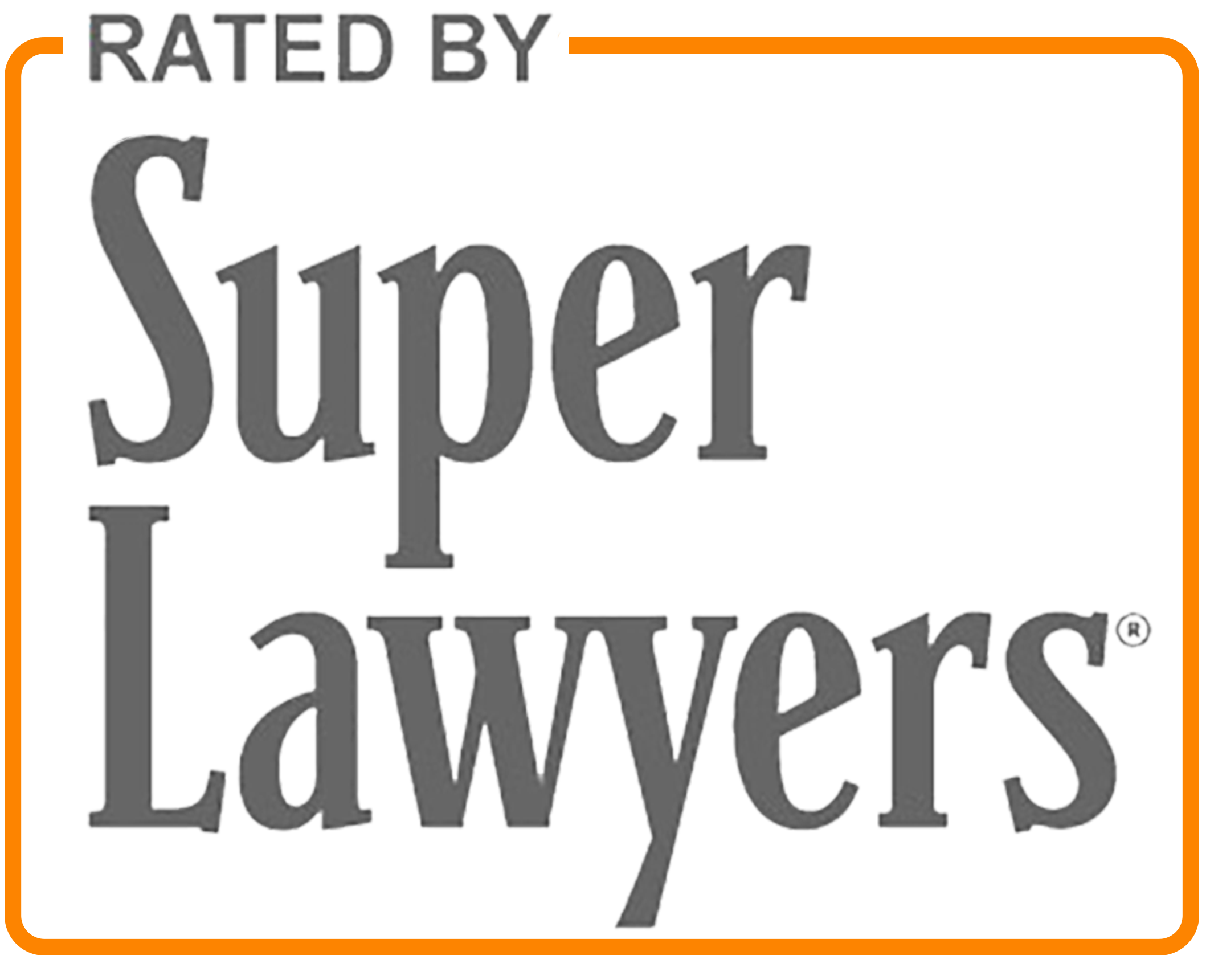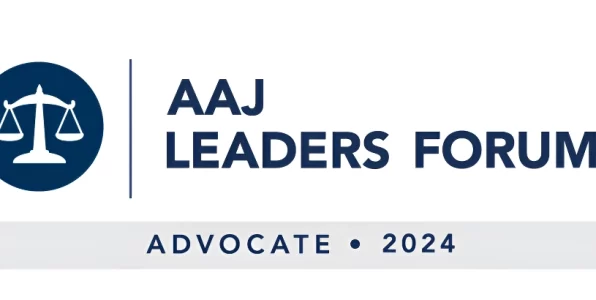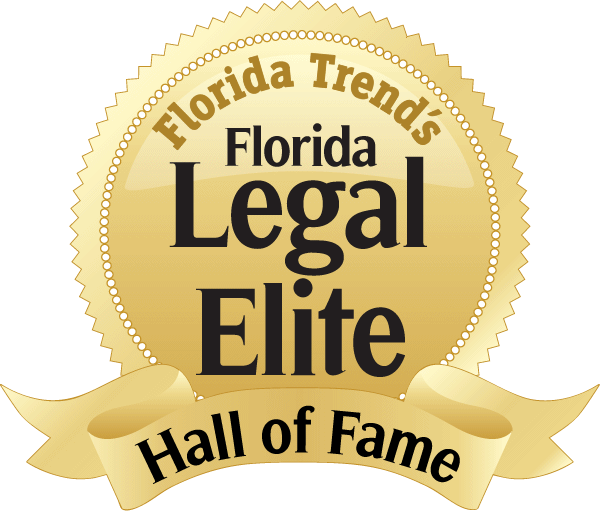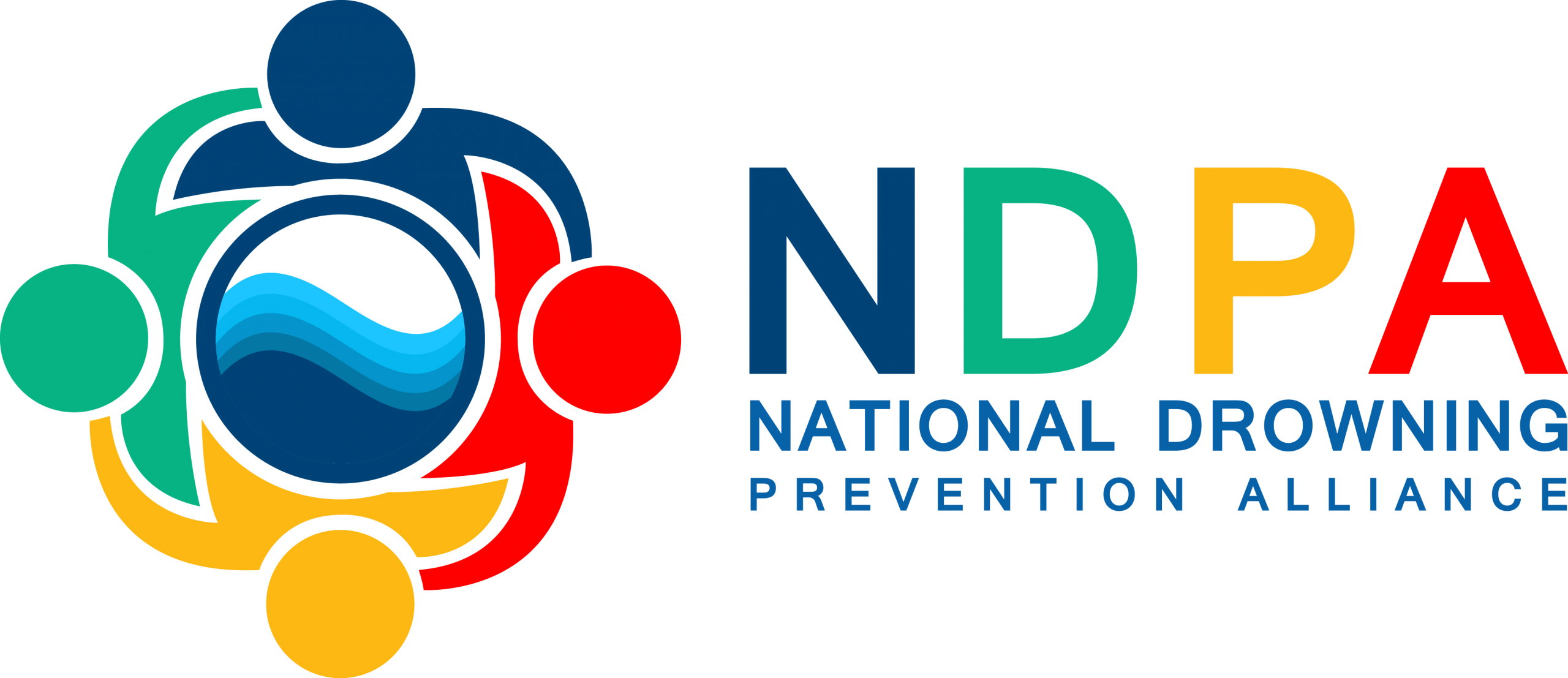Most people don’t know how a lawsuit works until it happens. These are the stages of a suit, and how we work with you to improve the chances of a satisfactory result. In a small firm like ours, the attorneys, investigators, paralegals and secretaries work together to represent you. Sometimes, more than one lawyer will actively work on your case. We believe this team approach makes the best use of everyone’s talents to better serve our clients. www.haggardlawfirm.com
These are the stages of your case:
- INTERVIEW
- INVESTIGATION
- NEGOTIATION
- FILING SUIT
- PLEADINGS
- DISCOVERY
- TRIAL
- UPDATING
- COMMUNICATING
Interview
The interview is the first contact that you will have with us. Anything you tell us is protected by attorney-client privilege. Our conversations stay confidential. This is fundamental to our profession. We know it will encourage you to be candid and uninhibited in telling us everything you can about your problem. For example, in the average case, we need to know about your medical history and any other accidents and claims. Once we’ve heard your full story, we can evaluate your legal rights against those who may be responsible for your injury.
Investigaton
After the interview, we will begin to investigate your claim. Our aim is to identify those who can help in presenting your claim in court. We attempt to identify and find witnesses and preserve evidence. While we’re investigating the facts surrounding your injury, we will gather pertinent medical records and other data regarding the injury and the circumstances surrounding it. If you have lost, or continue to lose, wages because of prolonged absence from work as a result of your injuries, we will obtain copies of your work attendance records. For this, we need written authorizations from you to obtain evidence of your earnings, wages, and/or business profits if it is appropriate to do so. If a claim of lost earnings is involved, we will eventually be required to substantiate that claim with these records. In some instances, you may have to produce prior tax returns. On occasion, in our investigations we may come upon information adverse to your case. If so, at the appropriate time, we will explain to you the effects of this adverse information on your case and tell you what to expect from our representation.
Negotiation
Once we have completed the investigation, we’ll be in a position to evaluate more accurately your claim’s worth. This allows us to begin negotiating with insurance representatives and/or lawyers to try to settle your claim.
As soon as possible, we usually notify the other party or parties involved by letter informing them that we represent you, and that they are not to contact you directly. We request that they contact us regarding negotiation or settlement. In appropriate cases, we will make every effort to settle your case without the necessity of filing suit with all its expenses and delays. In other cases, we may decide that it is better to immediately file a formal lawsuit rather than attempt to settle the case before filing suit.
Each case is different, and we make this determination on the basis of each case’s circumstances. As we review your case, we will form judgments about the predicted outcome both in terms of winning and value. To win, we must convince a jury that the wrongdoer was careless, or that the product was unnecessarily or unexpectedly hazardous, or that professional conduct in treating was substandard.
At the same time, those who represent the wrongdoer (called the defendant after suit was filed) will try to defeat your case, or diminish its value substantially, by criticizing you as having been careless, inattentive, or negligent in putting yourself in the predicament that led to injury. Necessarily, there is an unavoidable uncertainty in trying a lawsuit for you. The people who make up a jury are different. Some may be inclined to sympathize and identify with you greatly. Others may be unsympathetic by virtue of their own experience and background. Our objective is to obtain adequate compensation for you. Since our firm’s members have represented thousands of injured people for more than 30 years, we’ve developed a wealth of experience in trying and evaluating cases. As you might expect, the legal proof and strength of your case affects the value of any judgment. The severity and permanence of any injuries, together with the costs of medical treatment, and wage and income loss all enter into our assessment of the your case’s value.
Most cases settle. Insurance companies conduct investigations just as we do. Under the rules of discovery following the filing of a lawsuit, we can learn as much about the other side’s case as they can about ours. Because of this free exchange of information, lawyers from both sides will have an accurate prediction of the evidence in most cases. Insurance companies will compare your case to similar cases in our area and nationwide.
The lines of communication between you and our office for negotiated settlements always will remain open. Things may change during the course of representing you. While we are eager to proceed to trial on your behalf, sometimes witnesses become unavailable due to sickness, death, or relocation. Witnesses in trial may forget important details, change their minds, or become frightened by questioning. Doctors may disagree on the nature and extent of injuries. These factors, and many others, affect the value of your case both during settlement negotiations and in front of a jury.
Settlements can be reached at any stage of your case, even after the start of a trial or even after a verdict. It is common to settle a case while a matter is on appeal. We will give you our best advice as to whether you should accept or reject any offer or settlement. Some people are satisfied with an offer we consider low. Others are dissatisfied with an offer that we recommend accepting. As your attorney, we serve as your agent. We will give our recommendations with your best interests at heart, but will respect your decision.
Filing Suit
Frequently, settlement negotiations do not succeed unless suit is filed. That way, the insurance company is fully aware that you are serious in pursuing your claim to a just conclusion, by jury trial if necessary. At other times, we know that, with certain types of cases or with certain insurance companies, it is better to file suit at the outset rather than waste time conducting meaningless settlement negotiations. If settlement negotiations fail, we generally will file suit on your behalf without further consultation with you. To do this, we draft a formal legal paper called a complaint and file it with the appropriate court.
Pleadings
Every lawsuit starts with the filing of a formal complaint. A complaint describes the basis of the case in specific legal terminology. The defendants respond in a legal pleading, called an Answer. They usually deny each allegation in the complaint and set forth their defenses. Defendants, in return, often make a number of motions to request more information to be placed in their pleading.
Discovery
While your suit is pending, formal legal discovery takes place. The insurance company lawyer will send us written questions, called interrogatories, for you to answer. We usually will provide as much information to answer those questions as we can from the investigation already in our file.
Then we will forward those questions to you for review and completion. Your answers will be sworn under oath, and copies of them will be filed with the court and with the lawyer who submitted them. We also will send written interrogatories to the opposing parties requiring them to answer under oath. Sworn interrogatories are sent by both sides in a case. They require detailed answers in writing to various question. Each side has the right to require the other to produce documents or tangible items upon request. Usually, the other side has 30 days to respond, but this can vary, depending on the type of discovery used.
Once those questions and answers have been exchanged, we conduct depositions. A deposition is a formal statement, under oath, given in response to questioning by the lawyers in the case. Defense attorneys have the right to take your deposition, to ask you about what happened, how you have been injured, and other background information. We also have the right to take depositions of the defendants. Depositions of witnesses to the accident or injuries may also be taken. We will send more complete instructions about depositions when yours is scheduled, and we will review your case and expected testimony with you on the day your deposition is conducted. In a personal injury suit, you may also be required to submit to an examination by an insurance company doctor to evaluate your injuries. Under certain conditions, you may also be required to produce for the insurance company photographs, materials, documents and records connected with your claim and authorizations for the insurance company lawyer to get your past and present employment and medical records.
At the same time the defense is learning what your case is about, we learn are about the other side’s case by using the same legal mechanisms – interrogatories, depositions, requests for admission and requests for production.
Trial
Most injury cases do not go to trial. Still, if settlement negotiations fail, the case goes to trial. It is impossible to predict when a trial will take place. Each judge has a different trial schedule. The trial could take place anywhere from eight months to 18 months from the time it is first requested to be schedule.
A request for trial cannot be made until the end of the pleading stage. Once a trial scheduled, it is often rescheduled – and often more than once – through a continuance granted by the judge. Defendants will usually try to do everything to delay the trial, as the insurance companies make interest on the money they have to pay. Our job is to try to move it along as quickly as possible.
About 30 days before the trial, a pretrial conference takes place. At this conference before the judge, each side names all of its witnesses and lists all of its exhibits. The trial will be tried before six jurors selected at random. A panel of jurors will be selected with their names drawn by lot, and attorneys will examine them. Each side is entitled to challenge potential jurors for selection, with six selected at the end.
Updating
It is imperative that you keep us advised of names and addresses of all doctors, hospitals and other health-care providers that treat you for injuries. Always send us copies of medical bills and other expenses relating to your case. You should also let us know generally about all subsequent health problems, so we can determine whether they affect your case or not.
INFORM US IMMEDIATELY ABOUT ANY SUDDEN CHANGE IN YOUR HEALTH, YOUR ADDRESS AND PHONE NUMBER, OR INFORMATION YOU HAVE CONCERNING WITNESSES OR EVIDENCE IN THE CASE!
Communicating
We will contact you whenever fact questions arise during our investigation, or differ from your impression the accident or your injuries. Also, we will call whenever there are concrete offers of settlement. Occasionally you will want to call us. We are happy to hear from you, and we will do our best to answer your calls immediately and will return them as soon as possible.


